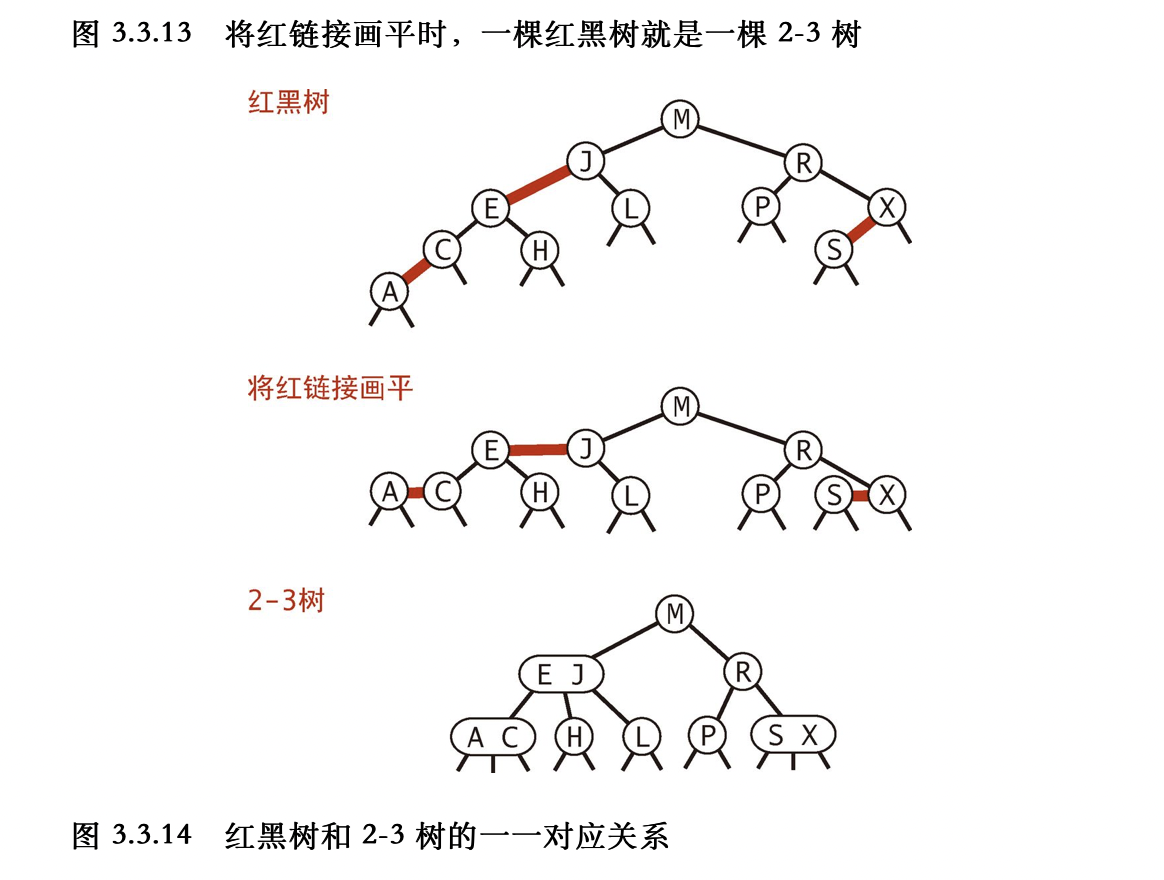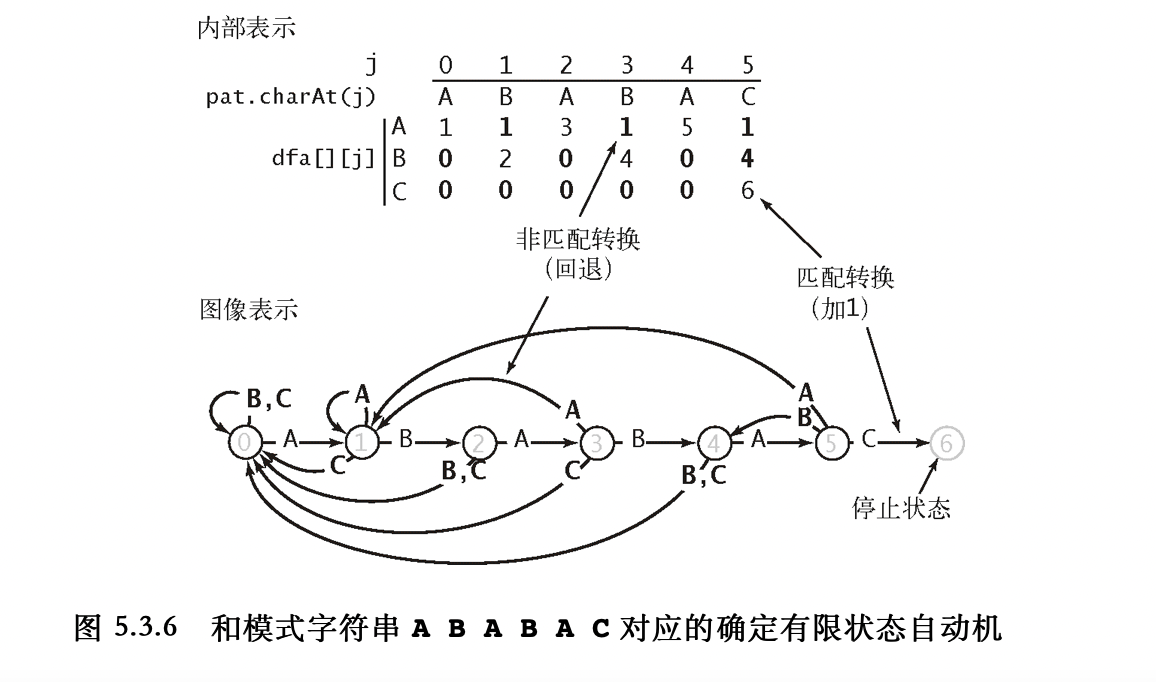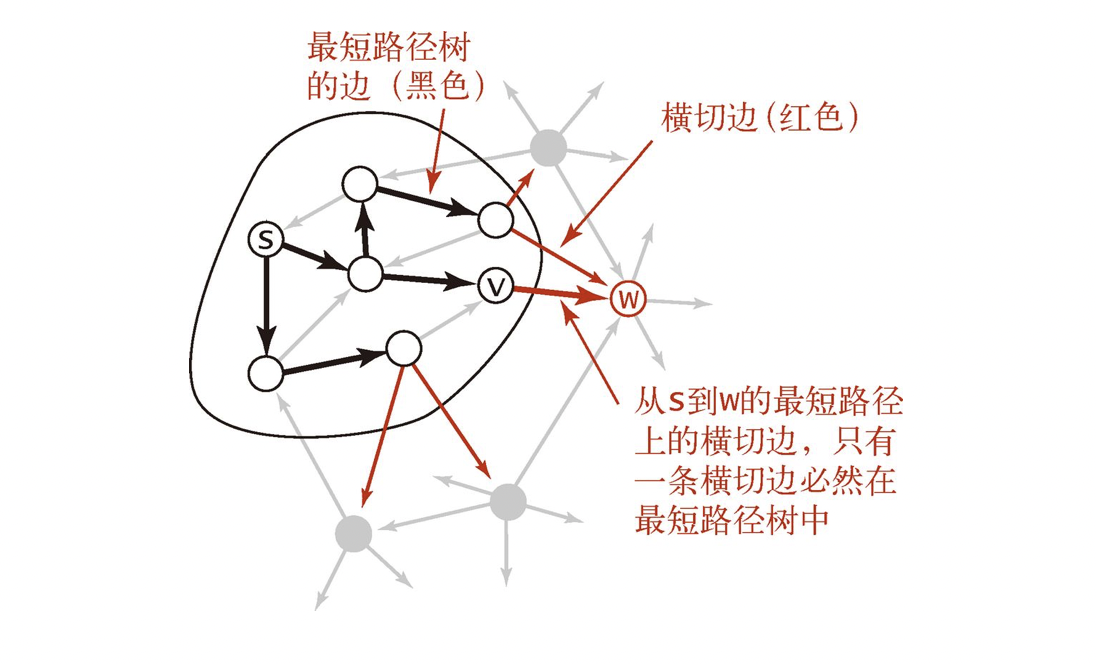1
2
3
4
5
6
7
8
9
10
11
12
13
14
15
16
17
18
19
20
21
22
23
24
25
26
27
28
29
30
31
32
33
34
35
36
37
38
39
40
41
42
43
44
45
46
47
48
49
50
51
52
53
54
55
56
57
58
59
60
61
62
63
64
65
66
67
68
69
70
71
72
73
74
75
76
77
78
79
80
81
82
83
84
85
86
87
88
89
90
91
92
93
94
95
96
97
98
99
100
101
102
103
104
105
106
107
108
109
110
111
112
113
114
115
116
117
118
119
120
121
122
123
124
125
126
127
128
129
130
131
132
133
134
135
136
137
138
139
140
141
142
143
144
145
146
147
148
149
150
151
152
153
154
155
156
157
158
159
160
161
162
163
164
165
166
167
168
169
170
171
172
173
174
175
176
177
178
179
180
181
182
183
184
185
186
187
188
189
190
191
192
193
194
195
196
197
198
199
200
201
202
203
204
205
206
207
208
209
210
211
212
213
214
215
216
217
218
219
220
221
222
223
224
225
226
227
228
229
230
231
232
233
234
235
| // computation Geometry header
const double eps = 1e-10;
const double PI = acos(-1);
const double PI2 = 2 * PI;
int dcmp(double x) {
if(fabs(x) < eps) return 0;
else return x < 0 ? -1 : 1;
}
class Point {
public:
double x, y;
Point(double x = 0, double y = 0) : x(x), y(y) {}
};
typedef Point Vector;
bool operator< (const Point& lhs, const Point& rhs) { return lhs.x < rhs.x || (lhs.x == rhs.x && lhs.y < rhs.y); }
bool operator== (const Point& lhs, const Point& rhs) { return dcmp(lhs.x - rhs.x) == 0 && dcmp(lhs.y - rhs.y) == 0; }
Vector operator+ (const Vector& lhs, const Vector& rhs) { return Vector(lhs.x + rhs.x, lhs.y + rhs.y); }
Vector operator- (const Vector& lhs, const Vector& rhs) { return Vector(lhs.x - rhs.x, lhs.y - rhs.y); }
Vector operator* (const Vector& lhs, double p) { return Vector(lhs.x * p, lhs.y * p); }
Vector operator/ (const Vector& lhs, double p) { return Vector(lhs.x / p, lhs.y / p); }
double Dot(const Vector& A, const Vector& B) { return A.x * B.x + A.y * B.y; }
double Length(const Vector& A) { return sqrt(Dot(A, A)); }
double Angle(const Vector& A, const Vector& B) { return acos(Dot(A, B) / Length(A) / Length(B)); }
double Cross(const Vector& A, const Vector& B) { return A.x * B.y - A.y * B.x; }
Point readPoint() {
double x, y;
scanf("%lf%lf", &x, &y);
return Point(x, y);
}
Point getLineIntersection(const Point& P, const Vector& v, const Point& Q, const Vector& w) {
Vector u = P - Q;
double t = Cross(w, u) / Cross(v, w);
return P + v * t;
}
Vector Rotate(const Vector& A, double rad) {
return Vector(A.x * cos(rad) - A.y * sin(rad), A.x * sin(rad) + A.y * cos(rad));
}
bool segmentProperIntersection(const Point& a1, const Point& a2, const Point& b1, const Point& b2) {
double c1 = Cross(a2 - a1, b1 - a1), c2 = Cross(a2 - a1, b2 - a1);
double c3 = Cross(b2 - b1, a1 - b1), c4 = Cross(b2 - b1, a2 - b1);
return dcmp(c1) * dcmp(c2) < 0 && dcmp(c3) * dcmp(c4) < 0;
}
bool onSegment(Point p, Point a1, Point a2) {
return dcmp(Cross(a1 - p, a2 - p)) == 0 && dcmp(Dot(a1 - p, a2 - p)) < 0;
}
double distanceToLine(const Point& P, const Point& A, const Point& B) {
Vector v1 = B - A, v2 = P - A;
return fabs(Cross(v1, v2)) / Length(v1);
}
double distanceToSegment(const Point& P, const Point& A, const Point& B) {
if(A == B) return Length(P - A);
Vector v1 = B - A, v2 = P - A, v3 = P - B;
if(dcmp(Dot(v1, v2)) < 0) return Length(v2);
else if(dcmp(Dot(v1, v3) > 0)) return Length(v3);
else return fabs(Cross(v1, v2)) / Length(v1);
}
Vector Normal(Vector A) {
double L = Length(A);
return Vector(-A.y / L, A.x / L);
}
class Circle {
public:
Point c;
double r;
Circle(Point c = {0.0, 0.0}, double r = 0.0) : c(c), r(r) {}
Point point(double rad) {
return Point(c.x + r * cos(rad), c.y + r * sin(rad));
}
};
typedef Circle Pan;
class Line {
public:
Point p;
Vector v;
Line(Point p, Vector v) : p(p), v(v) {}
Point point(double t) {
return p + v * t;
}
Line move(double d) {
return Line(p + Normal(v) * d, v);
}
};
double angle(Vector v) {
return atan2(v.y, v.x);
}
int getLineCircleIntersection(Line L, Circle C, double& t1, double& t2, vector<Point>& sol) {
double a = L.v.x, b = L.p.x - C.c.x, c = L.v.y, d = L.p.y - C.c.y;
double e = a * a + c * c, f = 2 * (a * b + c * d), g = (b * b + d * d - C.r * C.r);
double delta = f * f - 4 * e * g;
if(dcmp(delta) < 0) return 0;
if(dcmp(delta) == 0) {
t1 = t2 = -f / (2 * e);
sol.push_back(L.point(t1));
return 1;
}
t1 = (-f - sqrt(delta)) / (2 * e);
sol.push_back(L.point(t1));
t2 = (-f + sqrt(delta)) / (2 * e);
sol.push_back(L.point(t2));
return 2;
}
double Normalize(double rad, double base = PI) {
return rad - PI2 * floor((rad + PI - base) / PI2);
}
void getCircleCircleIntersection(Circle C1, Circle C2, vector<double>& rad) {
double d = Length(C1.c - C2.c);
if(dcmp(d) == 0) {
return;
}
if(dcmp(C1.r + C2.r - d) < 0) return;
if(dcmp(fabs(C1.r - C2.r) - d) > 0) return;
double a = angle(C2.c - C1.c);
double da = acos((C1.r * C1.r + d * d - C2.r * C2.r) / (2 * C1.r * d));
rad.push_back(Normalize(a - da));
rad.push_back(Normalize(a + da));
}
typedef vector<Point> Polygon;
int isPointInPolygon(const Point& p, const Polygon& poly) {
int n = poly.size();
int wn = 0;
_for(i, 0, n) {
const Point& p1 = poly[i];
const Point& p2 = poly[(i+1) % n];
if(p1 == p || p2 == p || onSegment(p, p1, p2)) return -1;
int k = dcmp(Cross(p2 - p1, p - p1));
int d1 = dcmp(p1.y - p.y);;
int d2 = dcmp(p2.y - p.y);
if(k > 0 && d1 <= 0 && d2 > 0) wn++;
if(k < 0 && d2 <= 0 && d1 > 0) wn--;
}
if(wn != 0) return 1;
return 0;
}
// poly[a], poly[b]
// (poly[a], poly[b]) is diagonal
bool isDiagonal(const Polygon& poly, int a, int b) {
int n = poly.size();
_for(i, 0, n) {
if(i != a && i != b && onSegment(poly[i], poly[a], poly[b])) return false;
}
_for(i, 0, n) {
if(segmentProperIntersection(poly[i], poly[(i+1) % n], poly[a], poly[b])) return false;
}
Point midp = (poly[a] + poly[b]) * 0.5;
return isPointInPolygon(midp, poly) == 1;
}
// then solve the problem
const int maxn = 100 + 5;
const int inf = 1e9;
double f[maxn][maxn];
void initdp(const Polygon& poly) {
int n = poly.size();
_for(i, 0, n) _for(j, 0, n) f[i][j] = -1;
}
double dp(const Polygon& poly) {
int n = poly.size();
_forDown(i, n - 2, 0) _for(j, i + 1, n) {
if(i + 1 == j) f[i][j] = 0;
else if(!(i == 0 && j == n - 1) && !isDiagonal(poly, i, j)) f[i][j] = inf;
else {
f[i][j] = inf;
_for(k, i + 1, j) {
double m = max(f[i][k], f[k][j]);
double area = fabs(Cross(poly[j] - poly[i], poly[k] - poly[i])) * 0.5;
m = max(m, area);
f[i][j] = min(f[i][j], m);
}
}
}
return f[0][n - 1];
}
int main() {
freopen("input.txt", "r", stdin);
int T, N;
scanf("%d", &T);
while (T--) {
scanf("%d", &N);
double x, y;
Polygon poly;
_for(i, 0, N) {
scanf("%lf%lf", &x, &y);
poly.push_back(Point(x, y));
}
assert(poly.size() > 0);
initdp(poly);
printf("%.1lf\n", dp(poly));
}
}
|






